
Mengenal Lebih Jauh Perbedaan Geotextile Woven dan Non Woven
Sep 27, 2023. Non woven geotextiles are an important category of geosynthetics used across a wide range of infrastructure and construction applications. This guide provides a deep dive into what.

Geotextile Non Woven Fungsi dan Keunggulannya
The easiest way to distinguish the difference between the two materials is by starting with elongation. Nonwovens will have much higher elongation than a woven. A nonwoven specification will list the elongation as being greater than 50%, while a woven will be listed as between 5% and 25%, if listed at all.
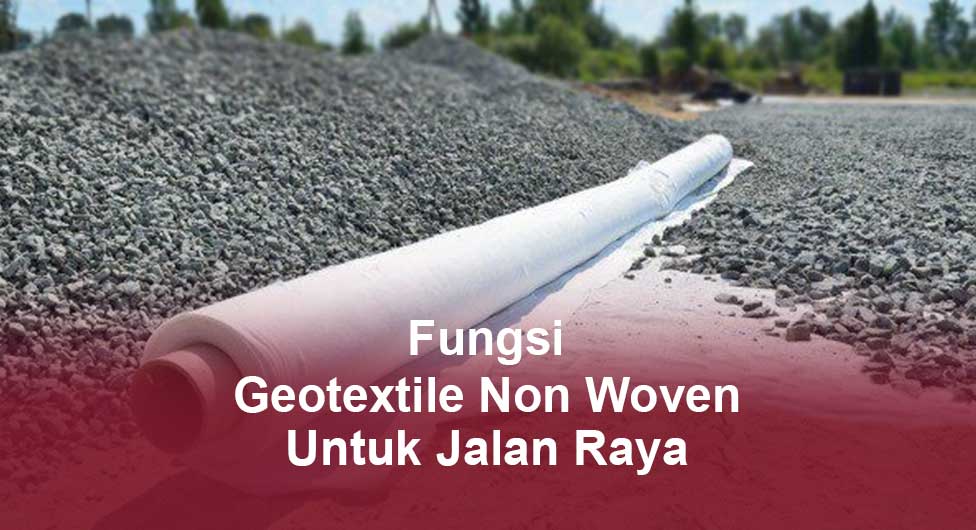
Fungsi Geotextile Non Woven untuk Jalan Raya
A woven geotextile has a very uniform pore size which varies under load making them less suitable for filtering anything other than clean single sized soils/fills. Nonwoven geotextiles are a tangled web of fibres mechanically and/or thermally bonded together to form a non-uniform random web. Nonwoven TERRAM geotextiles have a wide range of pore.

Distributor Jual Geotextile Woven dan Non Woven Harga Murah di Indonesia
A: Yes, geotextile fabric lets water pass through while preventing larger particles of sand and stone from going through the fabric. The amount of water that gets through varies, depending on whether you have woven or nonwoven fabric. Woven geofabrics are clothlike, with visible threads woven in horizontal and vertical directions.

Apa itu Geotextile Woven dan Non Woven Serta Fungsinya
Material. Non-woven geotextiles are usually made from synthetic materials like polyester and nylon while wovens are made from monofilaments, slit films, or fibrillated yarn. Consequently, non-wovens feel and appear "fuzzy" while wovens feel and look like plastic.
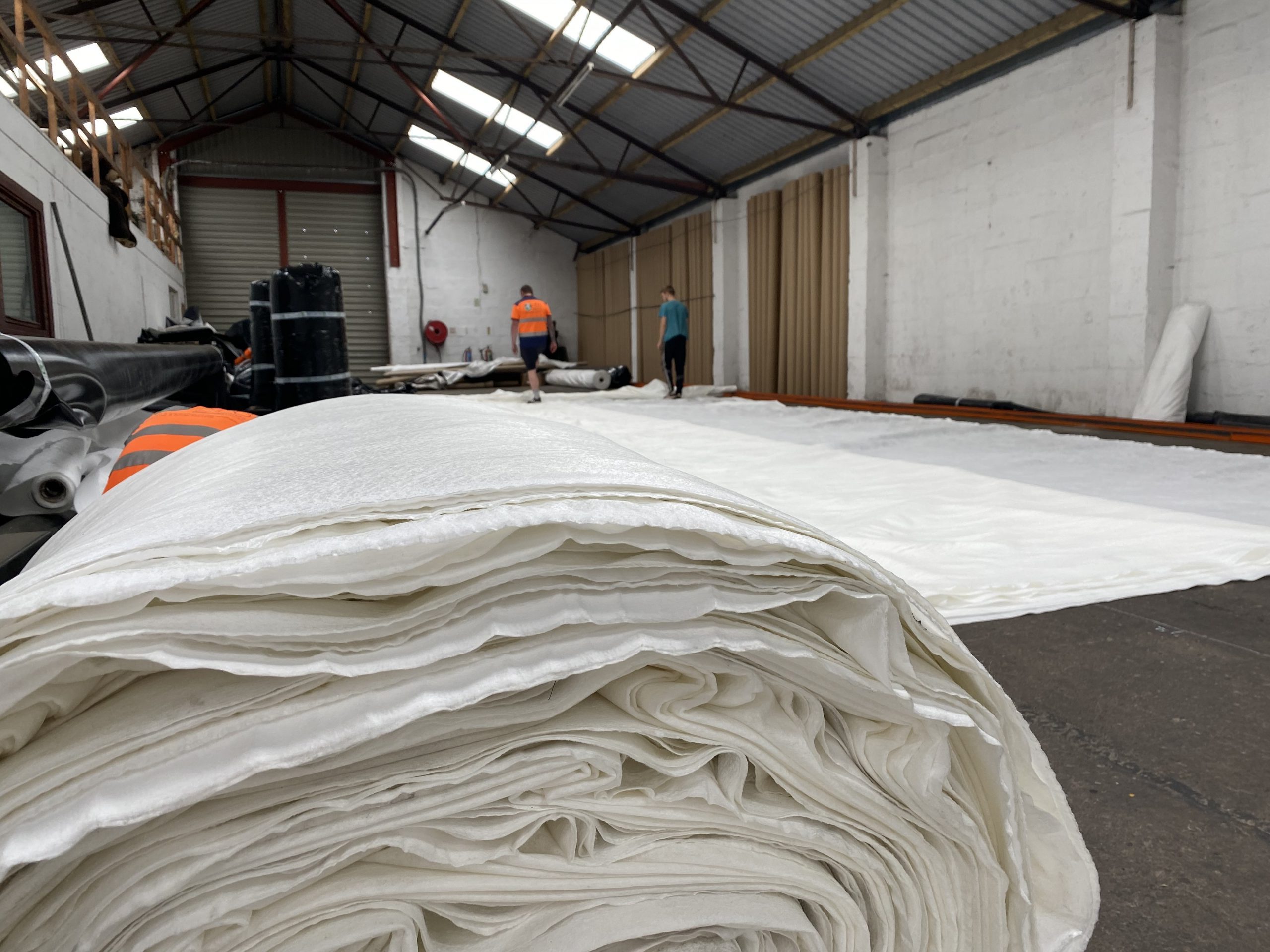
Woven and Nonwoven Geotextiles Erosion Control HBB
Few people realise that the woven version will achieve separation in the same way that a nonwoven geotextile can, but in a more cost-effective way - Almost half the price. It is also incredibly strong, potentially more so than a nonwoven option. Most commonly used for soil separation and the reinforcement of aggregate layers, woven geotextiles.
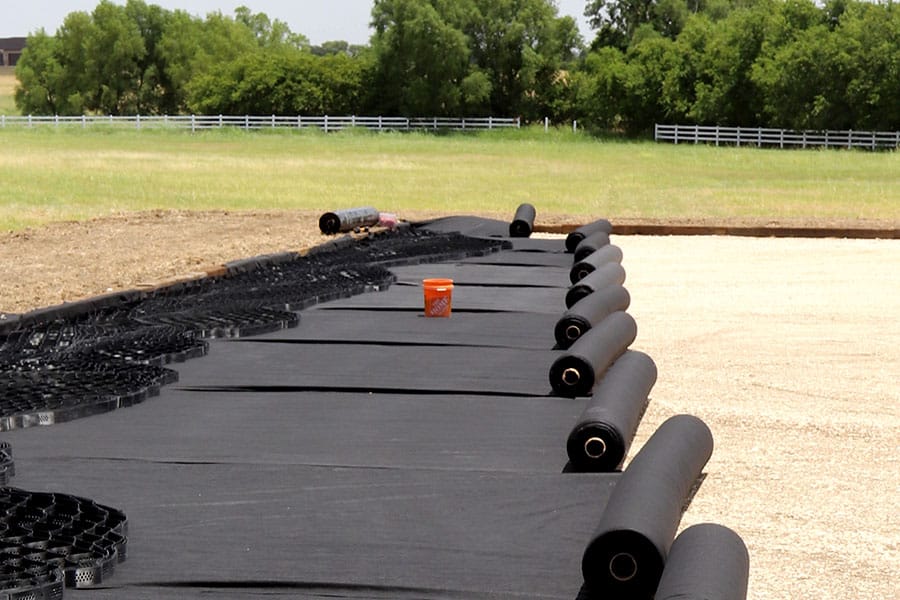
Woven vs Nonwoven Geotextile Fabric What to Choose?
Fungsi. Selain bentuk, beda woven dan non woven juga terdapat pada fungsi keduanya. Meskipun pada dasarnya berasal dari bahan yang sama, woven dan non woven memiliki fungsi yang berbeda. Dalam dunia pekerjaan teknik sipil, geotextile woven biasanya digunakan sebagai bahan untuk stabilisasi tanah (stabilisator), terutama untuk tanah lunak.
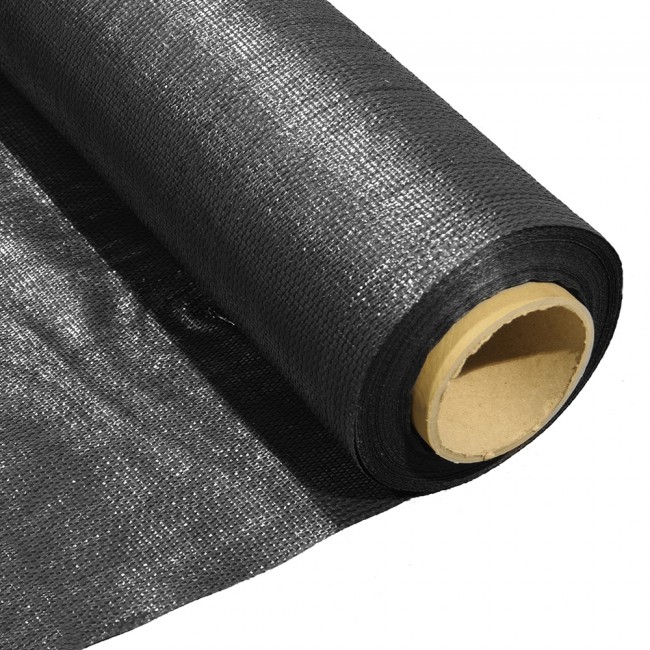
Harga Geotextile Woven dan Non Woven di Kecamatan Cinere Jual Kawat Bronjong Murah
When You Want Cost-Effective Separation, Filtration, And Drainage. Protect your geomembrane materials from damage while staying compliant with your industry regulations. These nonwoven geotextiles are an industry favorite due to their cost-effective properties and consistent filtration. Manufactured from high-quality polypropylene fibers.

Mengenal Penjelasan dan Fungsi dari Geotextile NonWoven
Nonwoven geotextiles break down much faster than woven geotextiles because they don't have the same reinforced strength as layers of material woven together have. However, where pooling or standing water is a problem, nonwoven geotextiles offer a better choice in the management of such issues. Nevertheless, nonwoven fabrics still offer good.

Geotextile Non Woven Fungsi dan Keunggulannya
The choice between woven and non-woven geotextiles depends on the specific needs of the application and the engineering requirements of the project. What is a nonwoven geotextile? A nonwoven geotextile is a type of geosynthetic material made from synthetic fibers that are bonded together through mechanical, thermal, or chemical processes.

jual geotextile Apa itu Geotextile Woven dan Non woven
The easiest way to distinguish the difference between the two materials is by starting with elongation. Nonwovens will have much higher elongation than a woven. A nonwoven specification will list the elongation as being greater than 50%, while a woven will be listed as between 5% and 25%, if listed at all. The following chart shows two examples.

Metode Pemasangan Geotekstil Woven Dan Geotextile Non Woven
Non-woven Geotextiles The primary functions of a non-woven geotextile are separation, filtration, and drainage. The manufacturing process of these fabrics involves needle punching as opposed to weaving. Non-woven fabrics are referred to by weight (i.e. 3.4 oz. per square yard) and are more felt-like in feel and appearance.
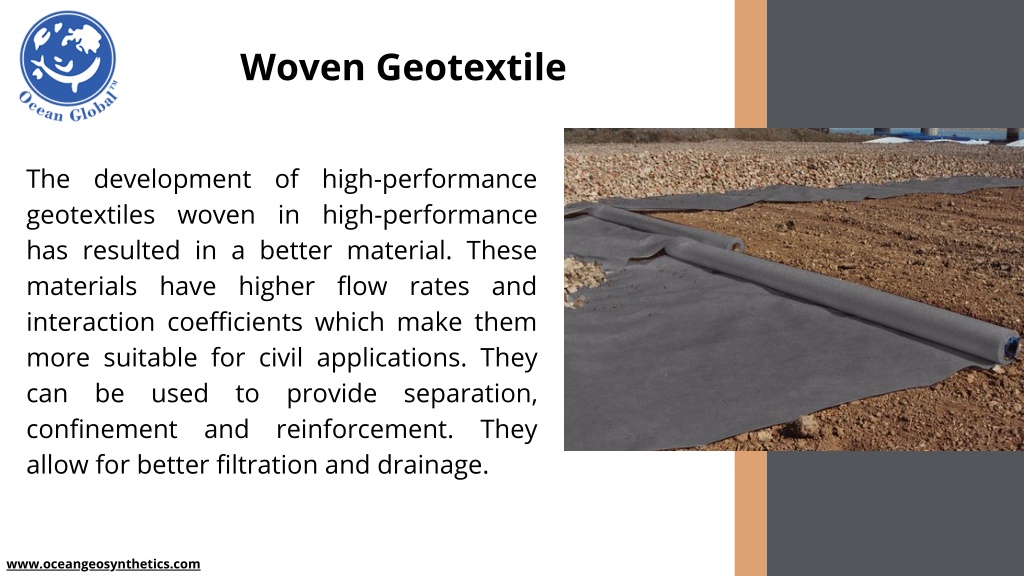
PPT Difference Between a Woven & Non Woven Geotextile PowerPoint Presentation ID10655506
TenCate Geosynthetics Americas. Email [email protected]. Call +1 (706) 693 2226. Mirafi® N-Series nonwoven polypropylene geotextiles are used for soil separation, drainage in Transportation, Building Site, and Water Infrastructure projects such as subsurface drainage, permanent erosion control and roadway separation applications.

Apa Beda Woven dan Non Woven? Berikut Penjelasannya!
Nonwoven Geotextiles. Nonwoven geotextiles are flat textile structures consisting of synthetic fibres casually assembled by needle punching and/or thermal processes; these materials are used in many different applications to mostly fulfil separation, filtration and protection functions and are the baseline of many other composite for.

Mengenal Woven Geotextile Dan Fungsinya PT. Tiga Pilar Utama Karya Sentosa Geotextile Woven
The majority of geotextiles are produced using classic or conventional fabric manufacturing techniques. The manufacturing processes for the production of geotextiles can be broadly classified in two categories, (1) classic and (2) special geotextiles. 11 In classic geotextiles, the products of the textile industry, such as woven, knitted, nonwoven fabrics, etc., are considered, whereas special.

Perbedaan Geotextile Woven dan Non Woven ESCOLA
Levi Reeves - Feb 28, 2023. Nonwoven Geotextile Fabric: Ultimate Helpful Guide . N onwoven geotextile fabric is a strong, durable, non-biodegradable, and synthetic material used for landscaping, engineering, and drainage applications. They are made from thermally bonded polypropylene or polyester fibers that are needle punched in a random pattern to create a resilient fabric that has a felt.